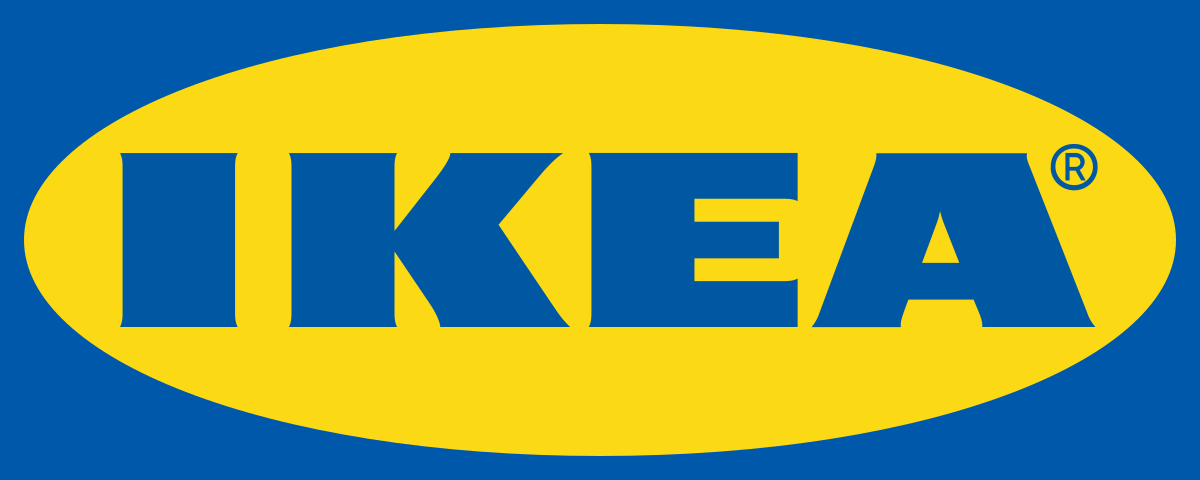How is IKEA helping towards pollution free environment!
Sustainability means to meet our needs without compromising the needs for the future generations. Global warming is another cause of climate change which is caused by long-term heating of earth’s atmosphere which causes acid rain, skin cancer and many more. These are some of the hot topics in the current society which wants to go eco-friendly. Yet there are many industries that mass produce/dig up fossil fuels to run cars, rockets, machines and many more. These are some of the primary reasons why climate change is increasing. But People have invented renewable sources of energy which can have a huge impact on carbon dioxide emission. But how can we help in developing our environment sustainably and how are other companies helping in the progress? I read many articles about global warming and renewable sources of energies which had a huge impact on my perspective to the topic. For many people, sustainability is closely associated with environmental issues, in which case it is referred to as "environmental sustainability". In fact, the modern environmental movement gave rise to a higher prominence of the concept of environmental sustainability. The public is concerned about human impacts on the environment. The most dominant issues since about the year 2000 have been climate change, loss of biodiversity and environmental pollution and land degradation (such as deforestation and general degradation of ecosystems). These issues are also included in the concept of planetary boundaries. Three different areas (also called dimensions or pillars) of sustainability are normally distinguished: the environmental, the social, and the economic. Most concepts of sustainability share this understanding, even though they might differ in the details. Several terms are in use for this concept in the literature: authors speak of three interconnected pillars, dimensions, components, stool legs, aspects, perspectives, factors or goals. They are used interchangeably. For example, the 2005 World Summit Outcome document used the term "aspects". Nevertheless, the distinction itself is rarely being questioned. The emergence of the three-pillar paradigm has little theoretical foundation nor a theoretically rigorous description: It gradually emerged without a single point of origin.

(post from NRDC trumpvearth_coalplant_e7jfrb_rm_1200x630.jpg)
Air pollution is a major concern that people have to take care of as soon as possible before there is no going back. First of all, what is air pollution? Air pollution is the contamination of air due to the presence of substances in the atmosphere that are harmful to the health of the humans and other living beings, or cause damage to the climate or to materials. There are many different types of air pollutants, such as gases (including ammonia, carbon monoxide, sulfur dioxide, nitrous oxides, methane, carbon dioxide and chlorofluorocarbons), particulates (both organic and inorganic), and biological molecules. It can cause diseases, allergies, and even death to humans; it can also cause harm to other living organisms such as animals and food crops and may damage the natural environment. For example, carbon monoxide and CFCs produced from vehicles and refrigerators respectively eventually moves up in the atmosphere and cause depletion of the ozone layer which causes UV rays from the sun reach the surface of the earth. UV rays are a major cause for skin cancer and many other skin diseases. Not only that, but it is also causing global warming which is having a huge impact on the globe economically and on the people as mentioned above. And what are we doing to reduce any further damage to the environment and living creatures? Some private companies have come forward and have taken initiative to reduce air pollution. One such company is IKEA.

(Post from Wikipedia 1200px-Ikea_logo.svg.png)
IKEA, part of INGKA Group, created the Better Air Now Initiative with an ambition to make a model to reduce air pollution by turning rice straws that otherwise would have been burnt in the northern states of India into a product range. Crop residue burning is one of the biggest causes of pollution in India even though laws prohibit the practice. The challenge is the machinery needed to clear the fields is expensive and for many farmers, burning is the only affordable approach. With IKEA, the rice straws will become a renewable material source for its collection. IKEA also have put sustainability first in its strategy by aiming to use 100 percent renewables for its operations and supply chains and to have zero emissions from home deliveries by 2025.
Comments
Post a Comment